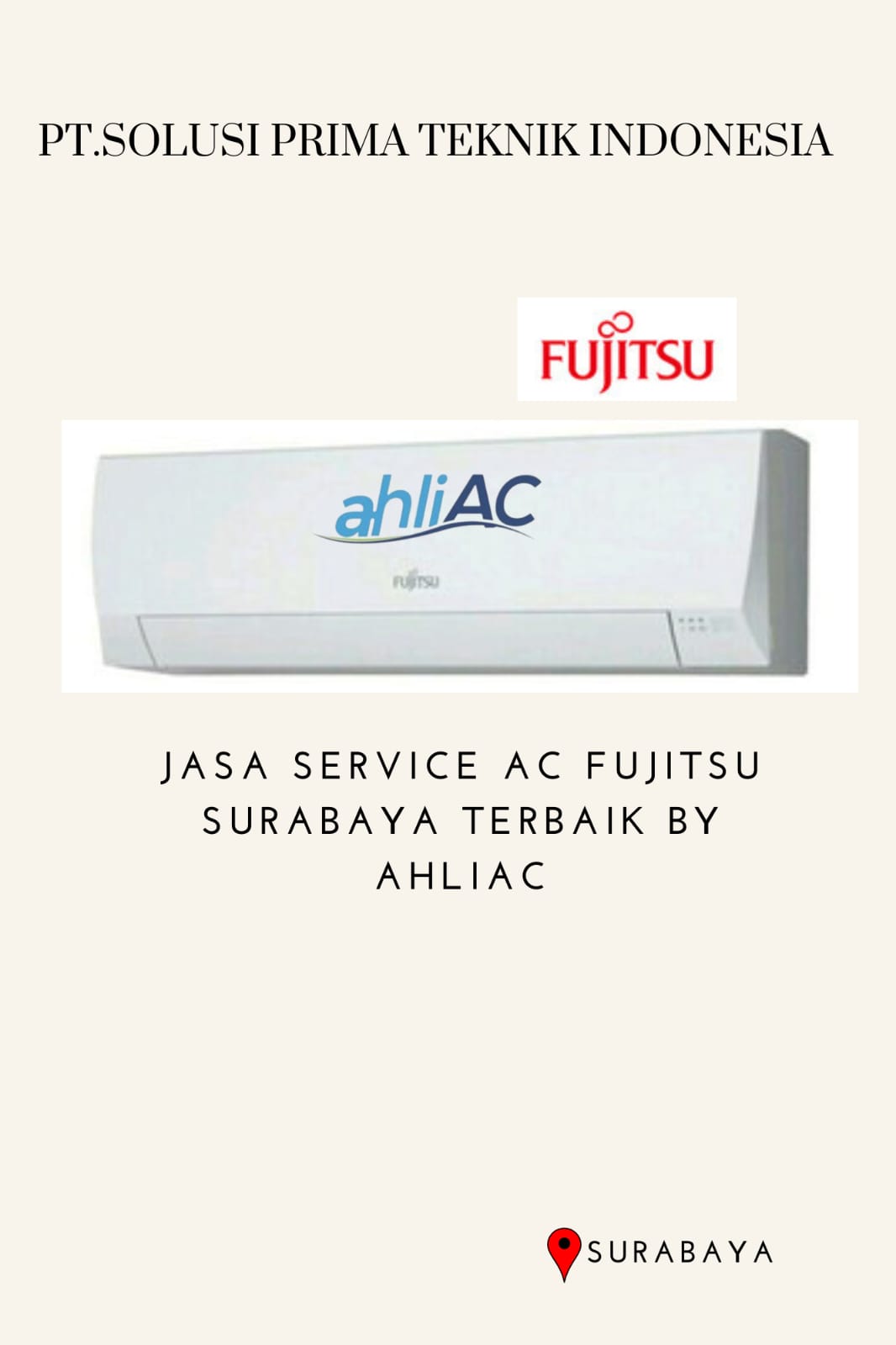Room Air Conditioners – Room or window air conditioners cool rooms rather than the entire home or business. If they provide cooling only where they’re needed, room air conditioners are less expensive to operate than central units, even though their efficiency is generally lower than that of central air conditioners. For ways to save on cooling costs with a room air conditioner, check out our Energy Saver 101 Infographic: Home Cooling.
Smaller room air conditioners (i.e., those drawing less than 7.5 amps of electricity) can be plugged into any 15- or 20-amp, 115-volt household circuit that is not shared with any other major appliances. Larger room air conditioners (i.e., those drawing more than 7.5 amps) need their own dedicated 115-volt circuit. The largest models require a dedicated 230-volt circuit.
Energy Efficiency of Room Air Conditioners
A room air conditioner’s efficiency is measured by the energy efficiency ratio (EER). The EER is the ratio of the cooling capacity (in British thermal units [Btu] per hour) to the power input (in watts). The higher the EER rating, the more efficient the air conditioner. When buying a new room air conditioner, look for the ENERGY STAR label.
Sizing and Selecting a Room Air Conditioner
The required cooling capacity for a room air conditioner depends on the size of the room being cooled — room air conditioners generally have cooling capacities that range from 5,500 Btu per hour to 14,000 Btu per hour. A common rating term for air conditioning size is the “ton,” which is 12,000 Btu per hour.
Proper sizing is very important for efficient air conditioning. Buying a bigger room air conditioner won’t necessarily make you feel more comfortable during the hot summer months. In fact, a room air conditioner that’s too big for the area it is supposed to cool will perform less efficiently and less effectively than a smaller, properly sized unit. The reason: an oversized unit will cool the room(s) to the thermostat set-point before proper dehumidification occurs, making the area feel “clammy” and uncomfortable.” A small unit running for an extended period operates more efficiently and is more effective at dehumidifying than a large unit that cycles on and off too frequently.
Based on size alone, an air conditioner generally needs 20 Btu for each square foot of living space. Other important factors to consider when selecting an air conditioner are room height, local climate, shading, and window size.
Verify that your home’s electrical system can meet the unit’s power requirements. Room units operate on 115-volt or 230-volt circuits. The standard household receptacle is a connection for a 115-volt branch circuit. Large room units rated at 115 volts may require a dedicated circuit and room units rated at 230 volts may require a special circuit.
If you are mounting your air conditioner near the corner of a room, look for a unit that can direct its airflow in the desired direction for your room layout. If you need to mount the air conditioner at the narrow end of a long room, then look for a fan control known as “Power Thrust” or “Super Thrust” that sends the cooled air farther into the room.
Other features to look for include:
- A filter that slides out easily for regular cleaning
- Logically arranged controls
- A digital readout for the thermostat setting
- A built-in timer.
Installing and Operating Your Room Air Conditioner
A little planning before installing your air conditioner will save you energy and money. The unit should be level when installed, so that the inside drainage system and other mechanisms operate efficiently.
Don’t place lamps or televisions near your air-conditioner’s thermostat. The thermostat senses heat from these appliances, which can cause the air conditioner to run longer than necessary.
Set your air conditioner’s thermostat as high as is comfortably possible in the summer. The less difference between the indoor and outdoor temperatures, the lower your overall cooling bill will be. Don’t set your thermostat at a colder setting than normal when you turn on your air conditioner; it will not cool your home any faster and could result in excessive cooling and unnecessary expense.
Set the fan speed on high, except on very humid days. When humidity is high, set the fan speed on low for more comfort. The low speed on humid days will cool your home more effectively and remove more moisture from the air because of slower air movement through the cooling equipment.
Consider using an interior fan in conjunction with your window air conditioner to spread the cooled air through your home without greatly increasing electricity use.
Remember that efficient operation of any air conditioning system relies on a properly insulated and air sealed home. For more information, see home energy audits and detecting air leaks.
SOURCE:https://energy.gov/energysaver/room-air-conditioners

